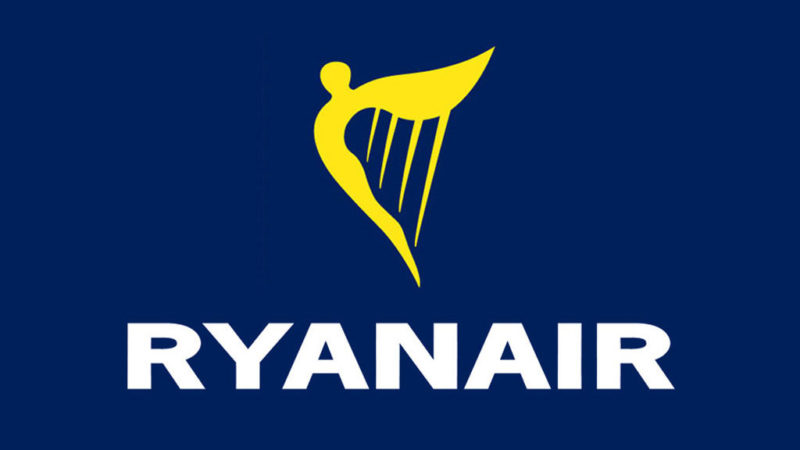A very commonly used term, globalization can mean different things to different people. At a broad level, globalization refers to the growing economic interdependence among countries, reflected in the increasing cross border flow of goods, services, capital and technical know how. At the level of a specific company, globalization refers to the degree to which competitive position is determined by the ability to leverage physical and intangible resources and market opportunities across countries.
… Read the rest“Globalization refers to the multiplicity of linkages and interconnections between the states and societies that make up the present world system. It describes the process by which events, decisions, and activities in one part of the world come to have significant consequences for individuals and communities in quite distant parts of the globe.



